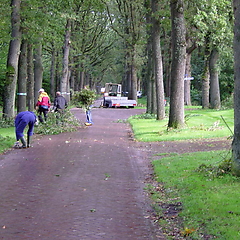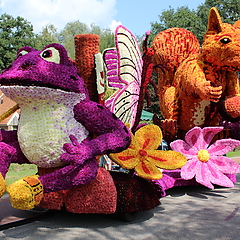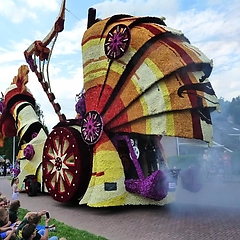Shanties were songs that ensured the work to be done in a certain cadence aboard ships. They supported the sailors, making it easier for them to perform their tasks. Nowadays shanties are not performed by sailors on board of ships, but by shanty choirs, playing out the operations that took place on board. The shantyman, the soloist and cantor, sings a line or a four line verse, followed by a chorus by the other singers. The shanties are often accompanied by an accordion, a harmonica, a button box or harmonium, instruments that were often used on board of the old sailing ships.
A number of categories are to be distinguished in shanties: bollard shanties, hauling shanties, capstan shanties, pumping and whaling shanties.
In shanties the hard life at sea was sung, like the bad food, the poor condition of the ship and homesickness, but also the yearning for harbours visited and the sweetheart that had been left behind.
Still, new contemporary shanties are being made, taking the activities on board and the rhythms into account; they are based on the structure of the old work songs with historically accurate texts.
Today there are also women or fishwives choirs, which sing the elements of the fishing industry and the life of the women left behind ashore.



